Defining Different Types of Business Transformation
The business world is shaken by the repercussions of current events and those in the near past. With our economic conditions becoming more and more...
4 min read
-1.png) Admin
:
Feb 28, 2023 5:52:02 AM
Admin
:
Feb 28, 2023 5:52:02 AM

Businesses across different sectors and industries are facing hardships amidst the economic haze that has been looming over the world from the beginning of the 2020s. Leaders are challenged to navigate through such landscape successfully while constantly levelling their strategies to stay resilient, moreover trying to achieve business growth at the same time.
Peculiarly enough, business growth is among the best tactics to keeping up with economic currents. Studies show that times of crisis are not only possible to overcome with growth, but it poses a great opportunity to reach ambitious expansion goals.
However, manifesting business growth is a quite complex task in any situation. There are many approaches to expand, one of them being the mindfulness about trending movements on the market. Today - with the technological advancements embedded at the core of all major trends – putting meticulous attention on the audience is becoming a high priority for organizations in the B2B environment. Though fairly different from B2C, B2B businesses are starting to adapt methodologies that are focusing on the enhancements of their customer experience, or CX.
The subject of CX can be approached from many different angles, therefore it might be challenging to find the most suitable one to take. Let’s explore the topic of B2B customer experience, whether it can make a real difference for companies, and a few tips on getting started with our new experience-driven growth strategy.
Although CX was seen as a concern that is more important for the B2C landscape, it is becoming quite prominent that the B2B world is increasingly reliant on how they prioritize their own CX – with about 90% of leaders reporting so.
As briefly mentioned, customer experience in B2B context is relatively unique - nonetheless, it is said to be heavily inspired by the principles of B2C customer experience practices with a different approach because B2B buyer journeys are more complex compared to their counterparts.
As suggested by dealhub.io, it ‘requires an understanding of what customers want and need, and the ability to deliver it consistently at every touchpoint’ and it can be defined as ‘the perceptions other businesses have of an organization over time as a result of their interactions across all touchpoints throughout the journey.’
To put it in another way, B2B customer experience also encompasses a range of factors, such as tailoring the experience to each customer's preferences across multiple channels, nurturing long-term relationships, and delivering user-friendly digital solutions. What is more, it emphasizes the importance of supporting and empowering employees to deliver exceptional service – as great customer experience starts with satisfying employee experience.
But can we turn our CX enhancements into business growth?
Fortunately, the answer is yes – better customer experience can be a great inducer and sustainer of growth. Nevertheless, we need to be mindful of our strategy when thinking about experience-based growth. At first many would associate CX-driven growth with the acquisition of new customers, however, there is another quite prominent side to it. When reforming our customer experience strategy, we must consider the retention of the current client base, since they have a vital role in the expansion journey of an organization – serving as its foundation.
As suggested by McKinsey’s research in the US region, ‘companies that are leaders of CX achieved more than double the revenue growth of “CX laggards” between 2016 and 2021.’ Moreover, the same study shows that these leaders have reportedly been more successful at recovering after the pandemic crisis.
There are numerous different ways to tackle the improvement of CX, which is both a blessing and a curse. We might state that a holistic approach is perhaps the most preferable, but such an approach ought to look slightly or even greatly different depending on the organization – owing to the fact, that each organization would stand at a different stage of maturity in terms of customer experience and other business functions. This is why we need a versatile methodology that can make sense of all approaches and level them according to individual needs and factors.
Esteemed research organization, Gartner has long been studying the importance of CX and how different surveyed companies implemented a certain degree of improvement. They observed similar challenges that stem from the need for a holistic approach discussed above, therefore they decided to come up with a genius framework that has the potential to mend these issues: The Experience Thesis Statement Framework.
Gartner’s framework aims to eliminate the disarray and challenges of CX enhancement from the very beginning of the project - before the implementation. To help a balanced and truly customer-centric project to succeed, the methodology builds on setting fundamental ideas and statements, so that they can always be revisited in later stages of the implementation. As argued by Gartner, ‘as the project progresses, each decision ties back to the thesis so as not to succumb to opinion (shiny-object syndrome) or common biases’.
Let’s look at how the Experience Thesis Statement works:
As we can see in Image 2, the thesis statement should consist of four main elements: one that determines the relevant target audience; one that acknowledges the goals wishing to be reached by the target persona; one that discovers what brings fulfillment to the target persona; and one that clearly defines the desired outcome for the organization.
All these serve to guide the implementation from the start with outlined principles that would mean the priorities of the whole project. The beauty of this framework is that it is not limited to any industry and company size – the Experience Thesis Statement can apply to all.
Once the principles are set, they give a good idea about what to invest in for the sake of CX as well. For many, this might be the investment in a marketing platform that can provide data to fuel the enhancement of customer experience.
In the age of technological advancements, such as the emergence of AI and ML, data is becoming a necessity for businesses – especially if they aspire to achieve business growth through better CX. It is at the core of business practices as it can help organizations connect with their customers or clients. Among the most renowned business technology leaders, we find platforms such as Demandbase, 6Sense, ZoomInfo, and many more. These three in particular aim to harness data of customer and prospect intent which can be used for various sales and marketing purposes.
One of the most typical usages of intent data is to utilize it for marketing personalization – which is an excellent way to provide a more authentic experience for both prospects and existing clients.
To conclude, organizations that decide to drive business growth from enhanced customer experience must be aware of the different aspects that come with reforming their CX. With the help of versatile frameworks similar to Gartner’s, we can avoid mistakes that could arise during the later stages of the CX enhancement project from the beginning!

The business world is shaken by the repercussions of current events and those in the near past. With our economic conditions becoming more and more...
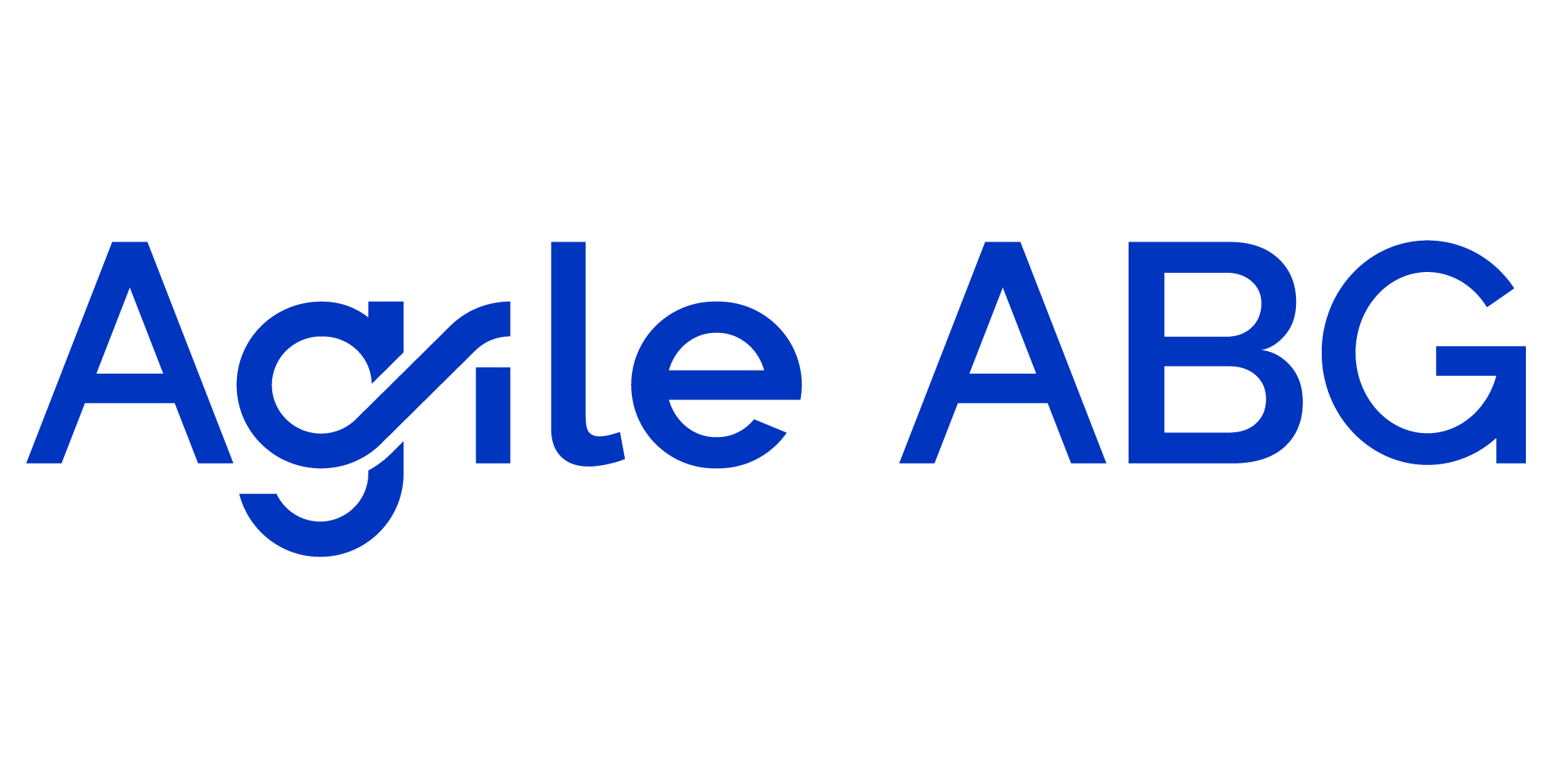
TOPO’s “2019 ACCOUNT BASED BENCHMARK REPORT” – which included 150 account-based organizations - showed that every participant reached or exceeded a...
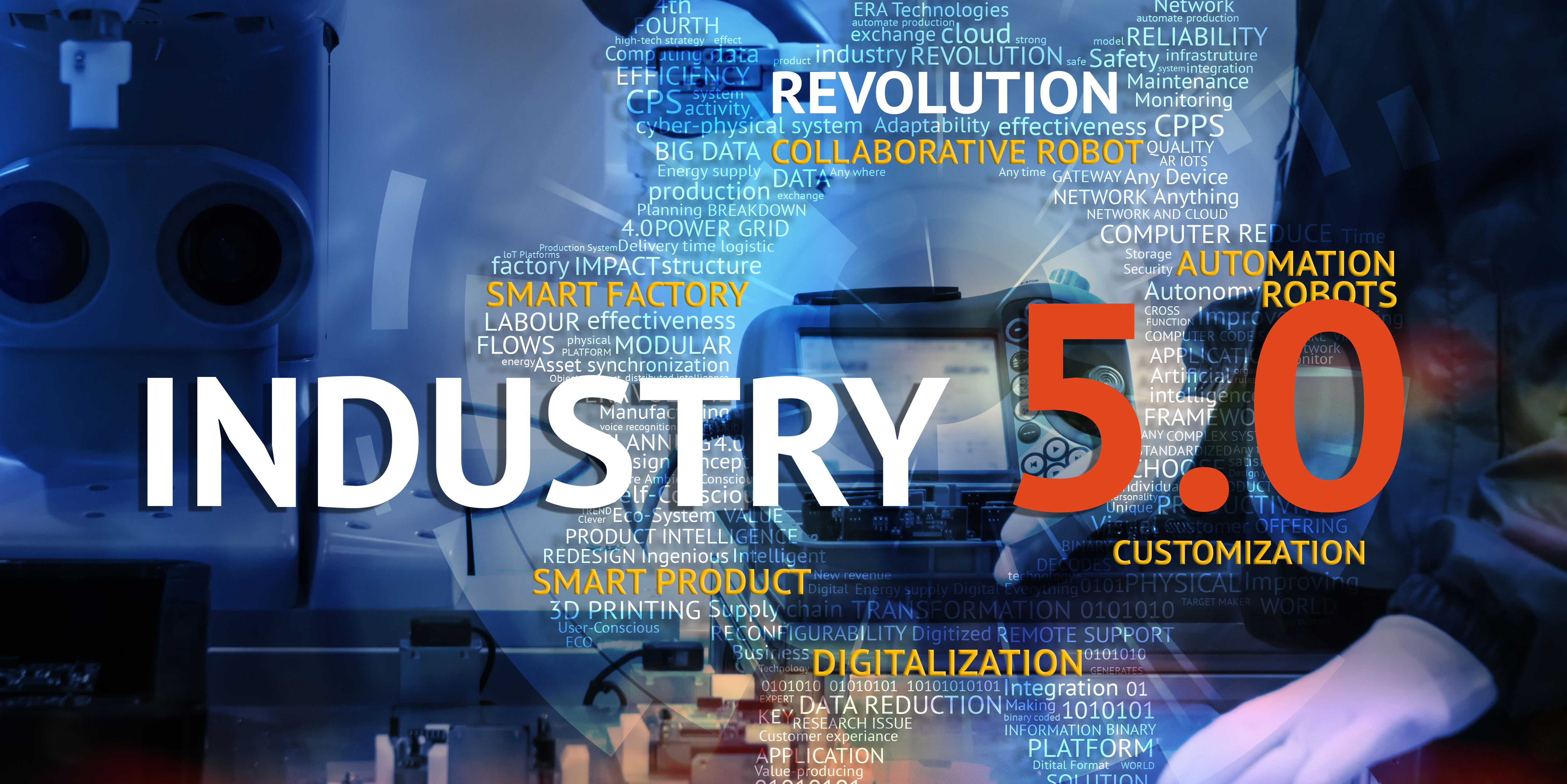
Introduction Although changes are governed by various factors, rapid industry evolution never stops. Whether internally or externally induced,...
Introduction The turmoil of the last few years appears to have reached new heights, as inflation, the energy crisis and the remnants of the global...
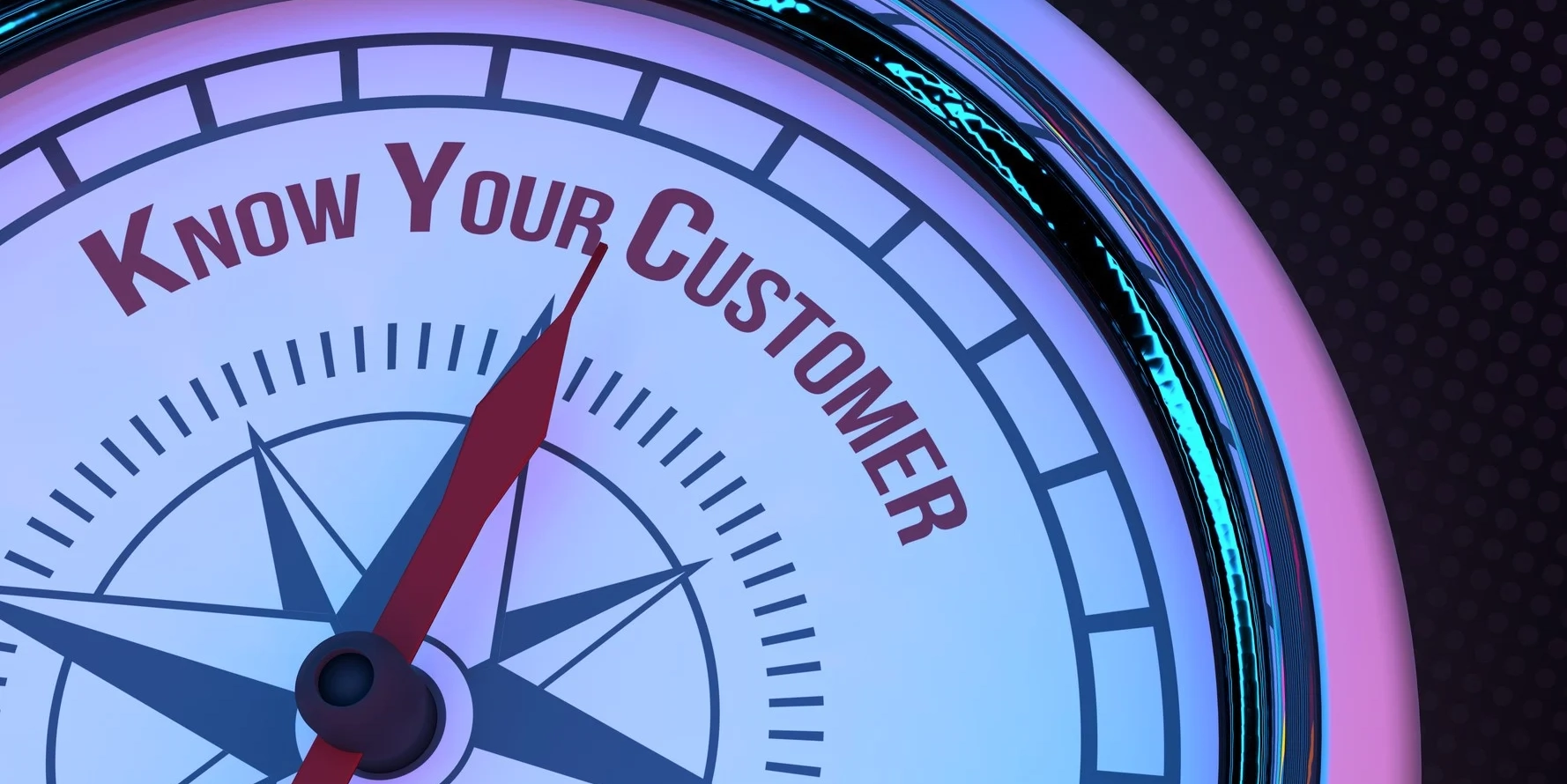
OVERCOMING CHALLENGES OF B2B MARKET IN THE PAST AND PRESENT

What we call agile account-based marketing (AABM), is a newly emerging discipline. As such, the industry of marketing service providers - agencies...

Where there is a will… The changes in economic currents are inevitable. Sometimes they are relatively predictable, signs hinting at an upcoming...

The industrial sector seems to experience major lags regarding digitalization and automation – the latest trend that is currently defining the...
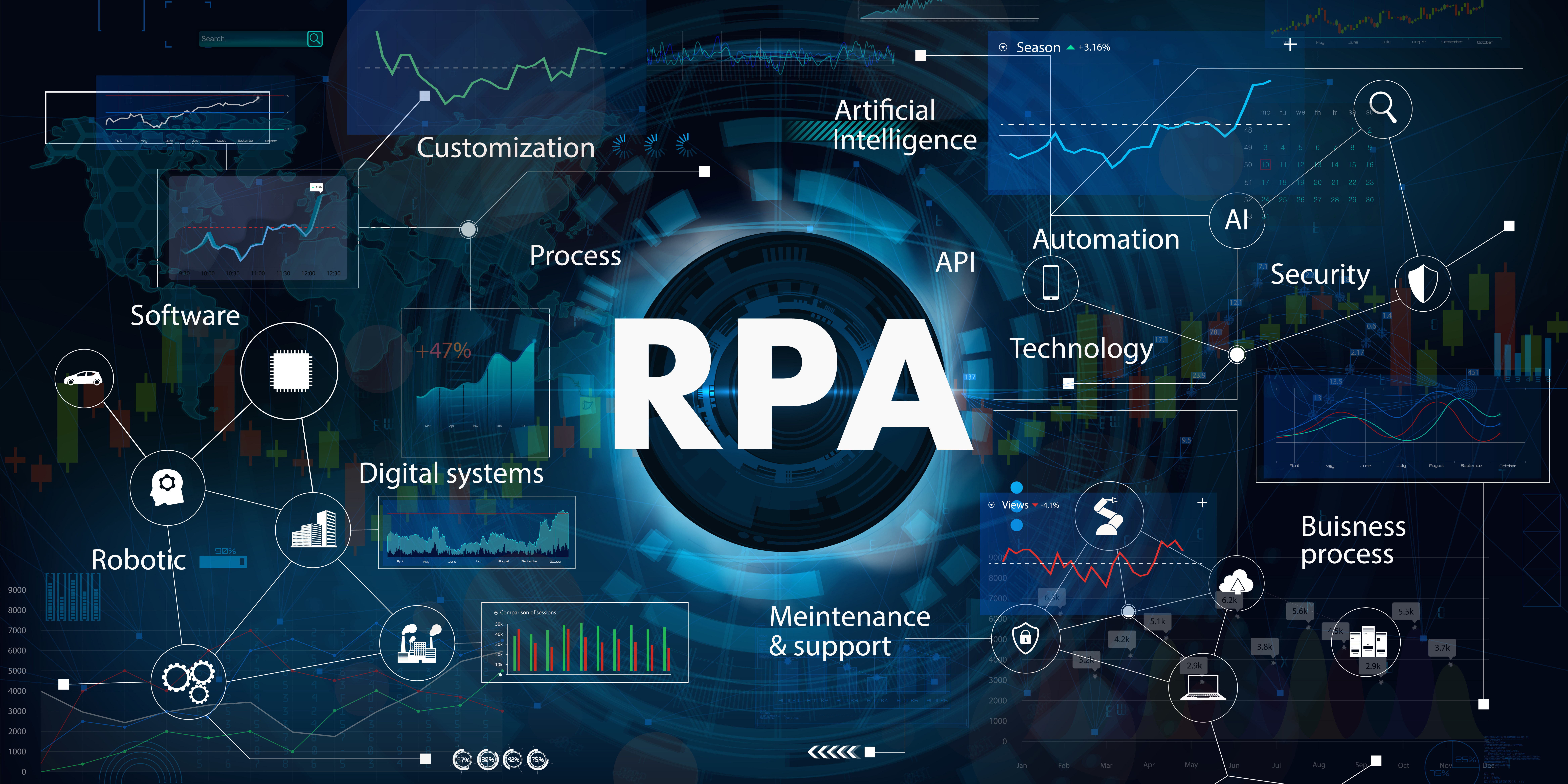
Helping your future customers advance from RPA initiative to great ROI By Kyle Hansen & Yuriy Koshulap

Discussion on how some technology enterprises are capitalizing on the downturn.
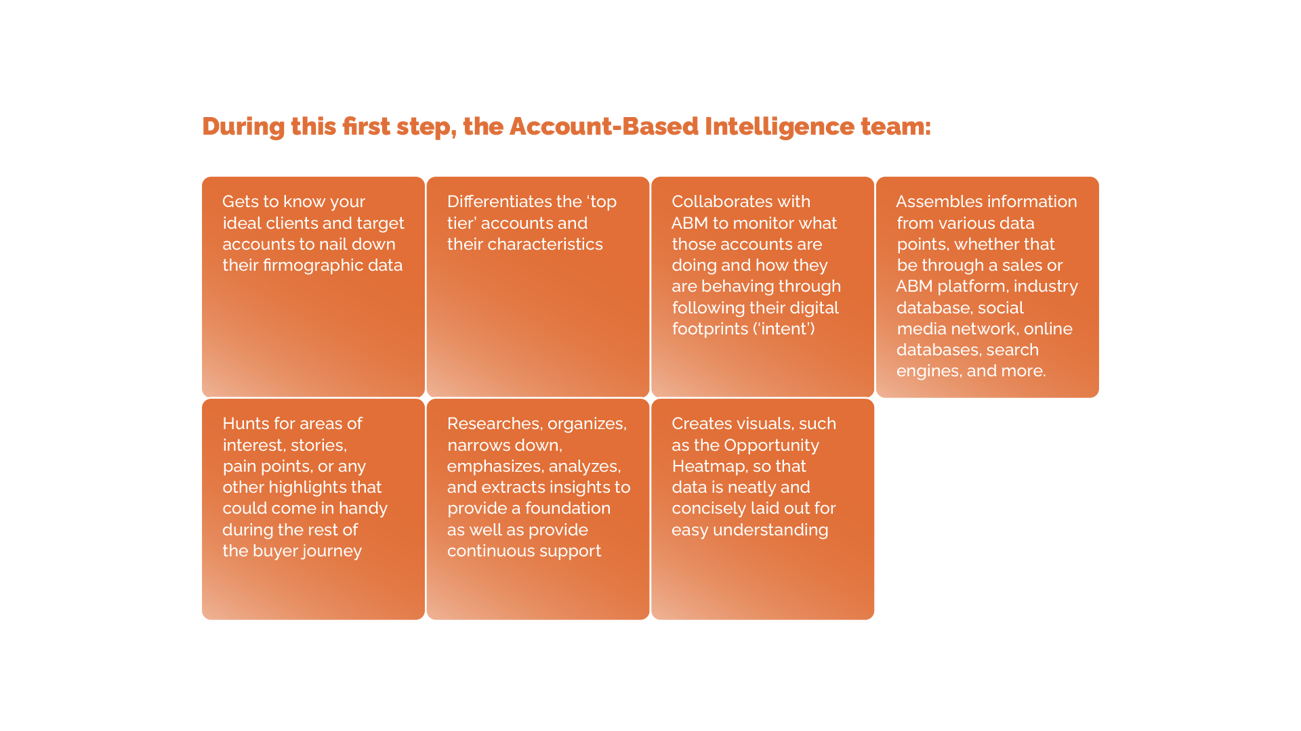
“Every company wants to increase revenue.” That’s a pretty safe and agreeable statement to make.
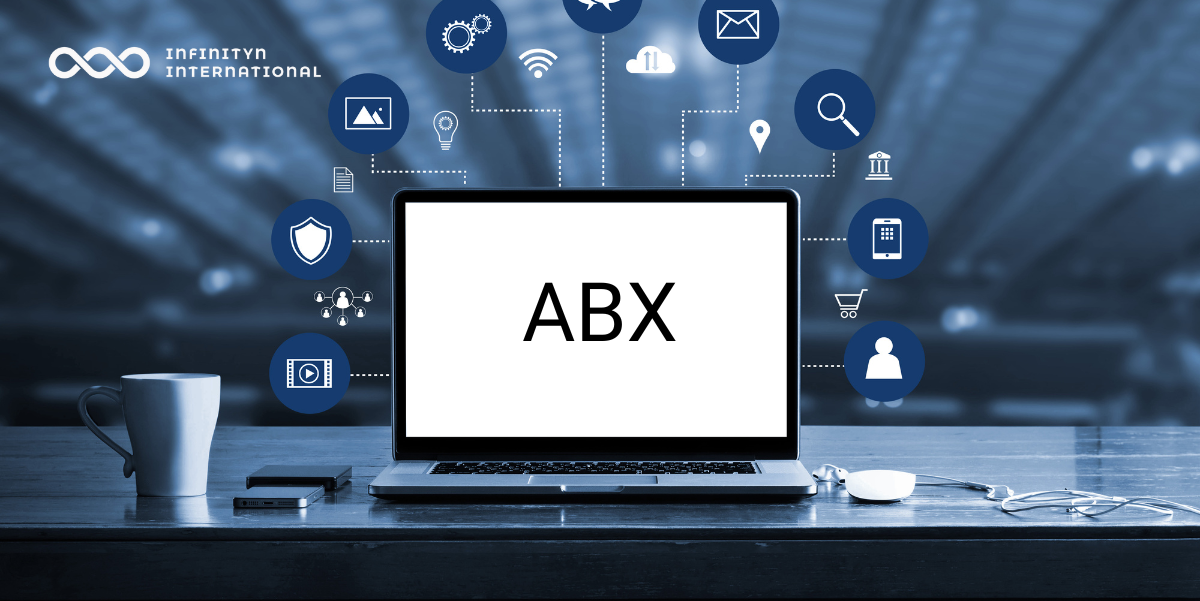
Strategic Investment in Technology In the ever-evolving landscape of business, the journey from product ideation to market success is riddled with...